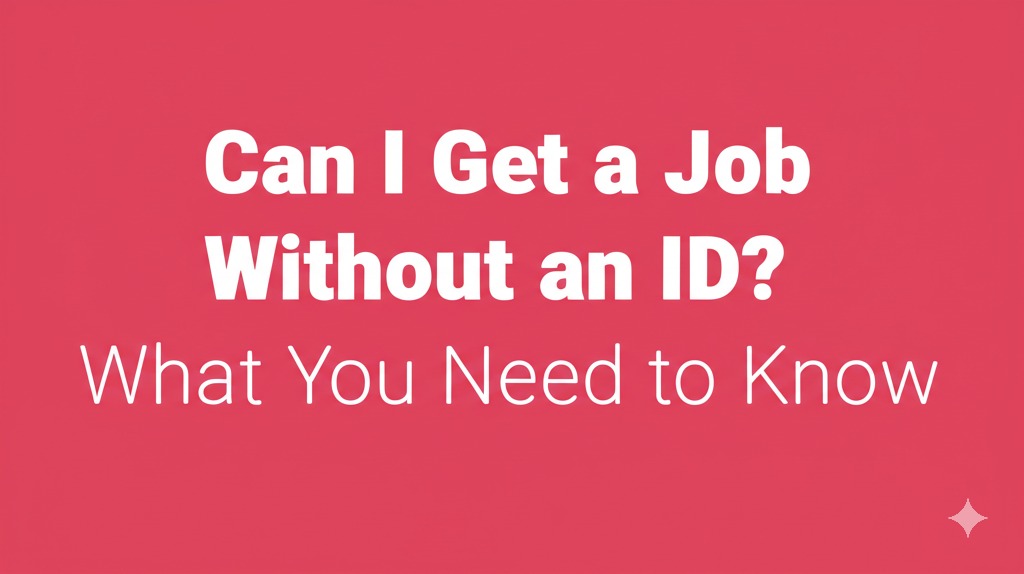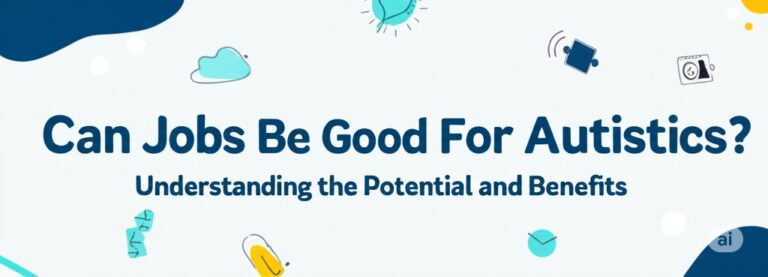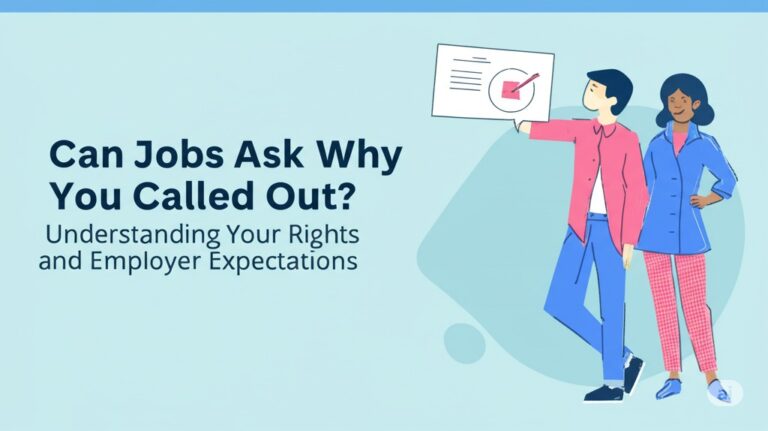
Finding a job is challenging enough—but what if you don’t have an ID? Whether you’ve lost it, never had one, or are dealing with complicated documentation issues, you might be wondering: Can I get a job without an ID? The short answer is—it’s complicated. While some informal opportunities may be available, most legal employment in the U.S. (and many other countries) requires proper identification.
In this article, we’ll break down what kind of jobs might be possible without an ID, why employers ask for it, and what steps you can take if you’re stuck in this situation. Let’s dive in.
Why Do Employers Require ID?
Most employers aren’t just being picky—they’re legally required to verify your identity and work eligibility.
The I-9 Form Requirement
In the U.S., all employers must complete an I-9 Employment Eligibility Verification Form for each new hire. To do this, the employee must present acceptable forms of ID. This typically includes:
- A driver’s license or state ID AND a Social Security card
- OR a U.S. passport
- OR other documents listed on the I-9 form
Without valid ID, an employer legally can’t hire you.
Can You Get a Job Without an ID?
Technically, yes—but it depends on the situation. Let’s look at some scenarios.
1. Under-the-Table Jobs
These are informal jobs paid in cash and not officially reported. Examples include:
- Yard work or landscaping
- Babysitting or caregiving
- House cleaning
- Day labor (moving, construction, etc.)
👉 Keep in mind: These jobs may not offer legal protections, benefits, or consistent pay. Also, working under the table can have legal consequences for both the worker and employer.
2. Gig Economy Work
Some gig jobs (like TaskRabbit or local community work) may seem like a workaround—but most platforms still require ID verification during signup. That includes apps like:
- Uber, DoorDash, Instacart
- Upwork or Fiverr
- Airbnb Experiences
If you don’t have an ID, you’ll likely be unable to register.
3. Family or Community-Based Jobs
If someone in your network—like a relative or friend—runs a small business, they might be more flexible. Some may be willing to hire you informally while you sort out your ID situation. It’s not guaranteed, but it’s worth exploring.
What If You Lost Your ID?
If you’ve lost your ID, here’s what you can do to move forward:
Step 1: Replace Your State ID or Driver’s License
Visit your state’s Department of Motor Vehicles (DMV) website. Requirements vary, but you’ll usually need:
- Proof of identity (like a birth certificate or passport)
- Proof of residency (like a utility bill)
- A completed application and small fee
Step 2: Get a New Social Security Card (if needed)
If your Social Security card is also missing, request a replacement via the Social Security Administration (SSA) website or office. You’ll need:
- Proof of identity
- A completed SS-5 form
Step 3: Consider Alternative Documents
The I-9 form accepts other forms of ID, such as:
- A school ID with photo (for students)
- A military ID
- Work authorization documents for immigrants
Check the full list on the USCIS website.
What If You’ve Never Had an ID?
This can happen for various reasons—youths aging out of foster care, undocumented individuals, or people facing homelessness.
Here’s What You Can Do:
- Reach out to local nonprofits: Organizations that help with housing, immigration, or reentry often assist with obtaining IDs.
- Apply for a birth certificate: It’s usually the first step to getting a state ID.
- Seek legal aid: Especially for undocumented individuals, legal nonprofits may help you get work authorization and ID.
- Use community resources: Some shelters or job training programs offer help navigating documentation issues.
Can Employers Help You Get an ID?
In some cases—yes. Certain workforce development programs or reentry initiatives (for formerly incarcerated individuals) may help job seekers secure necessary documents. Additionally, apprenticeships, internships, or job readiness programs sometimes assist with ID costs and paperwork.
Final Thoughts: Don’t Let Missing ID Stop You
So, can you get a job without an ID? Not legally—not in most formal workplaces. But there are informal or temporary workarounds, especially if you’re actively working on getting your documents together.
If you’re in this situation:
- Start the ID replacement process as soon as possible
- Leverage community support and nonprofit resources
- Be upfront with potential employers about your status
💡 Tip: Keep copies of any paperwork showing you’re in the process of getting your ID. Some employers may hold the position until your documents arrive.

Andre Cuevas provides career insights, job search strategies, and professional advice to help individuals navigate the job market and achieve their career goals.






